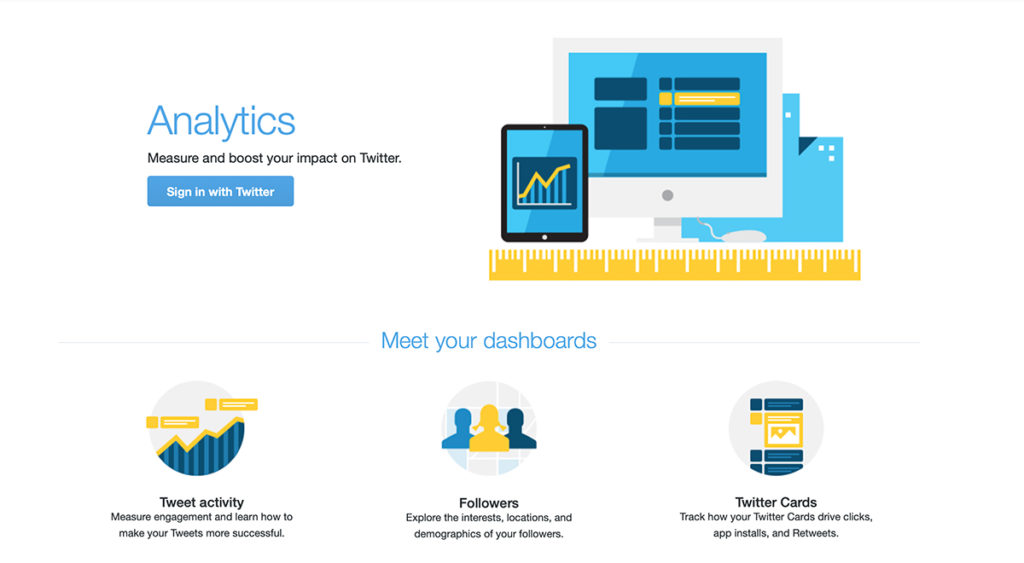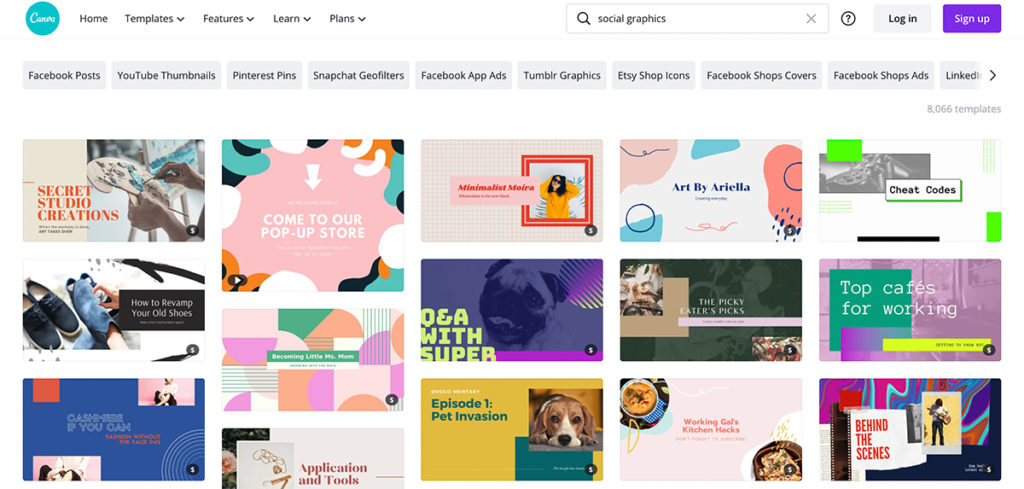Social media platforms aren’t static. They can grow in popularity almost overnight, or lose faithful users when the next best channel launches. Rapidly advancing technologies and algorithm tweaks also make for a constantly changing environment. So, how are you supposed to keep up with what the best strategies for social media marketing are?
Thankfully, our ability to measure campaign effectiveness is also evolving. Social platforms are increasingly integrating better analytics for their users, and third-party services continuously leverage cutting-edge technologies to measure and enhance engagement. All this information is boiled down into best practices for social media marketing.
In this article, we’ll discuss five social media strategies to increase engagement and boost your marketing return on investment (ROI). Let’s jump in!
1. Make Data-Driven Decisions
Safeguard your social media investment by measuring the effectiveness of your strategies. Otherwise, you might be throwing money out the window. By leveraging reporting and analytics, you can operate with a cohesive plan that integrates current trends with your unique data.
Each social media platform has its own analytics. You can drill down into Facebook Insights, Instagram Insights, Twitter Analytics, and Pinterest Analytics:
Be sure to set up business profiles so you’ll have full access to reporting.
To get the most out of your social media analytics, start with your goals. What do you want to achieve – brand awareness? Market penetration? Your objectives should inform your campaigns and your content. You may have different goals for different platforms since they each have unique advantages and applications.
Then, ask questions about your strategies and look to data for the answers. Are your campaigns effective? How can they be improved? Where do you see the most engagement, and why? Examine your successes to see how you can carry effective practices into other campaigns.
It’s also important to know the numbers beyond likes or followers. For instance, a high follower count doesn’t mean much if you have low engagement. Consider what you need to know to assess how close you are to achieving your goals.
2. Keep Your Content Socially Focused
Above all, social media is social. That means ads and engagement should be customer or community-focused, bearing in mind the reason your followers are on the platform. For them, it isn’t about being marketed to. It’s about connecting with others, individually and globally.
Brands with “purpose” tend to be viewed favorably. Research shows over 80% of people think brands should be actively involved in societal issues, and over 90 percent of people are likely to switch to a brand that engages in such causes (given a similar price point).
You don’t need to make a global impact, but simply sharing the way your business cares about others is an effective way to truly connect with your followers. You’re probably already making a positive impact through your customer service. Mine this department for success stories you can share.
It’s often difficult for individuals to relate to a business, so try to bring a personal touch to your social media interactions. One way to do this is by having more conversations with your followers. You can:
- Use humor (Wendy’s tweets are a stellar example).
- Start conversations with a question and stay tuned in to followers’ responses.
- Comment on existing conversations related to your brand. You can find them by searching relevant hashtags.
One study showed 44% of people felt more connected to brands when they started and engaged in conversations on social media.
3. Add Channels for Diversification
There’s no one best platform for social media marketing. Your target audience is almost certainly using more than one, so you might well have opportunities to engage them on multiple networks.
Having a solid understanding of who your target audience is can help you decide which channels might be a good fit for your brand. To help nail this down, use target audience profiles, demographics, and other research to determine which networks are most popular among your customer or user base.
You may also want to keep and eye on niche and emerging social media platforms. A recent example of this is TikTok. Brands such as Chipotle and the San Diego Zoo got on board and started creating videos fans loved. Both now have over twenty million video likes and growing global audiences.
Be sure to optimize your content for each unique platform. Canva has free templates for several social media channels:
These can help you quickly format your content with high-quality graphics and font combinations.
4. Enhance the Social Shopping Experience
Social follows do indeed translate to sales. Research shows that 90% of people purchase products from businesses they connect with on social media.
However, instead of simply pushing your products or services, you can create buying experiences for your followers on social media. A few elements to consider include:
- Video explainers
- Live Question & Answer sessions
- Live product launches
- High-quality product images
- Social sharing tools
- Pinterest product showcases
- Product-related contests
- Instagram shoppable posts
Additionally, take the opportunity to migrate customer service functionality to social media. By handling problems in a social setting, you show your customers that you’re engaged before, during, and after sales, resolving issues when they arise. This can help you turn problems into wins for your brand.
5. Optimize Social Posts for Search Engines
Social media also provides an opportunity for search engine optimization (SEO). What you do on social platforms is linked to Google, and your customers are driving that.
A survey showed that advertising on Facebook translated to a 34% increase in Google searches for brands. When consumers see your Facebook ad, they’re more likely to look your business up on Google.
Also, Google serves up social content in search results, so it’s a good practice to create keyword-rich posts. You can look for opportunities to do this by mixing in educational content, LinkedIn articles, and topical posts on Reddit.
You can also bring video into the mix with YouTube. It’s the second most popular search engine in the world. Your customers may be frequently searching the video-hosting platform for answers. You can share your expertise and provide content around their questions by targeting keywords for your industry and products.
Conclusion
The social media landscape is constantly evolving, along with a dynamic culture and advancing technology. With so much change, it’s wise to periodically review your social media strategy to be sure you’re keeping up with the latest trends and best practices.
In this article, we discussed five of the top strategies for social media marketing:
- Make data-driven decisions.
- Keep your content socially focused.
- Add channels for diversification.
- Enhance the social shopping experience.
- Optimize social posts for search engines.
Do you have any questions about the best strategies for social media marketing? Let us know in the comments section below!
If you liked this article, be sure to follow us on Facebook, Twitter, Instagram,Pinterest, and LinkedIn! And don’t forget to subscribe in the box.
















Add a Comment